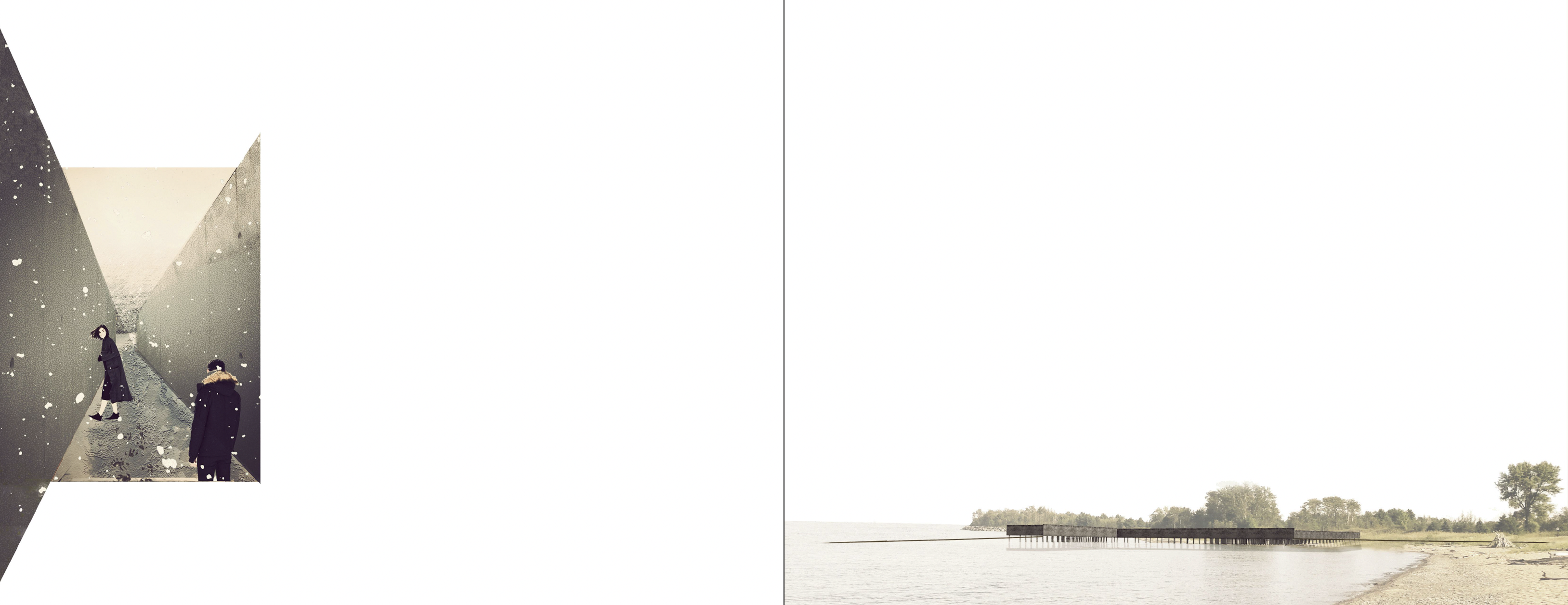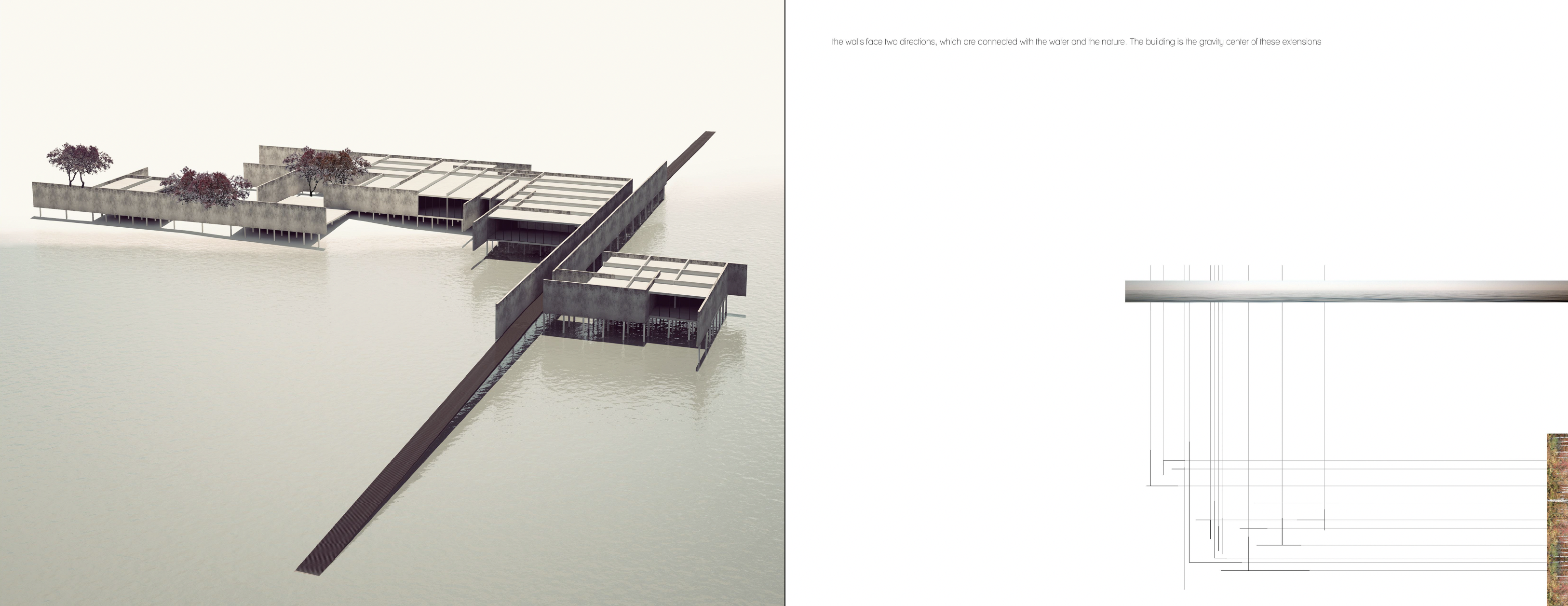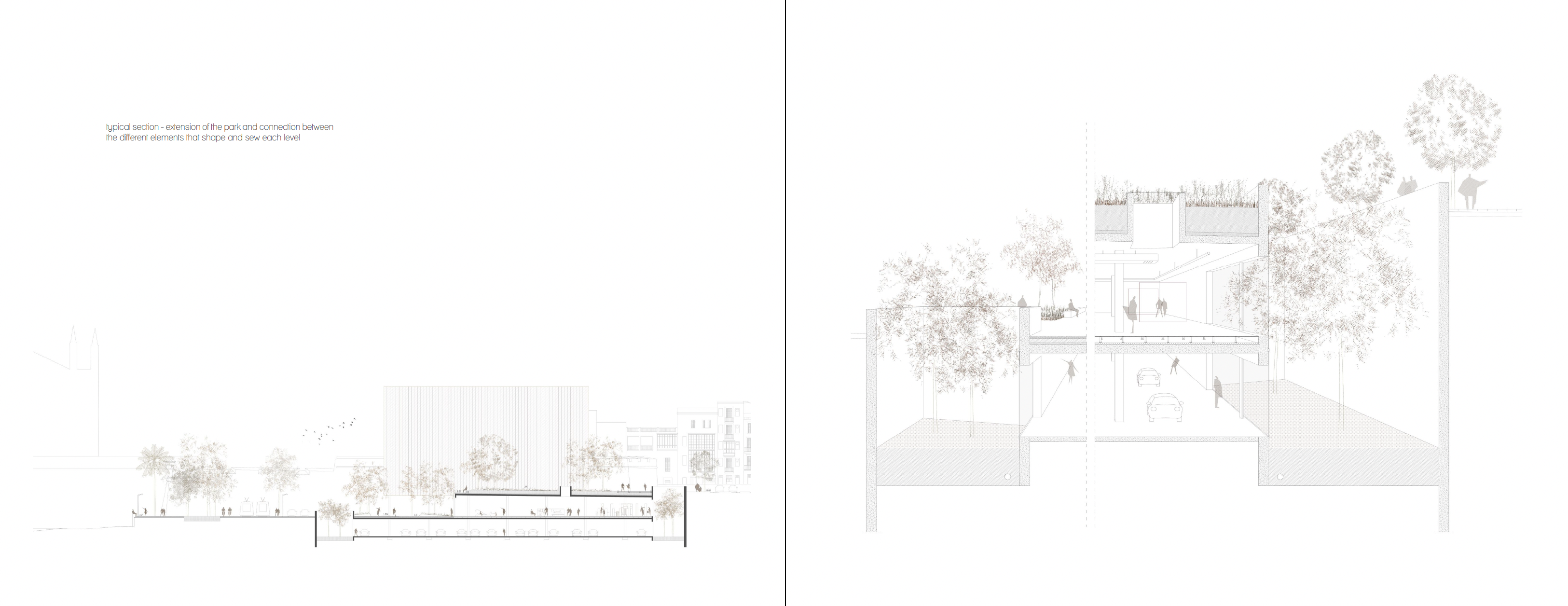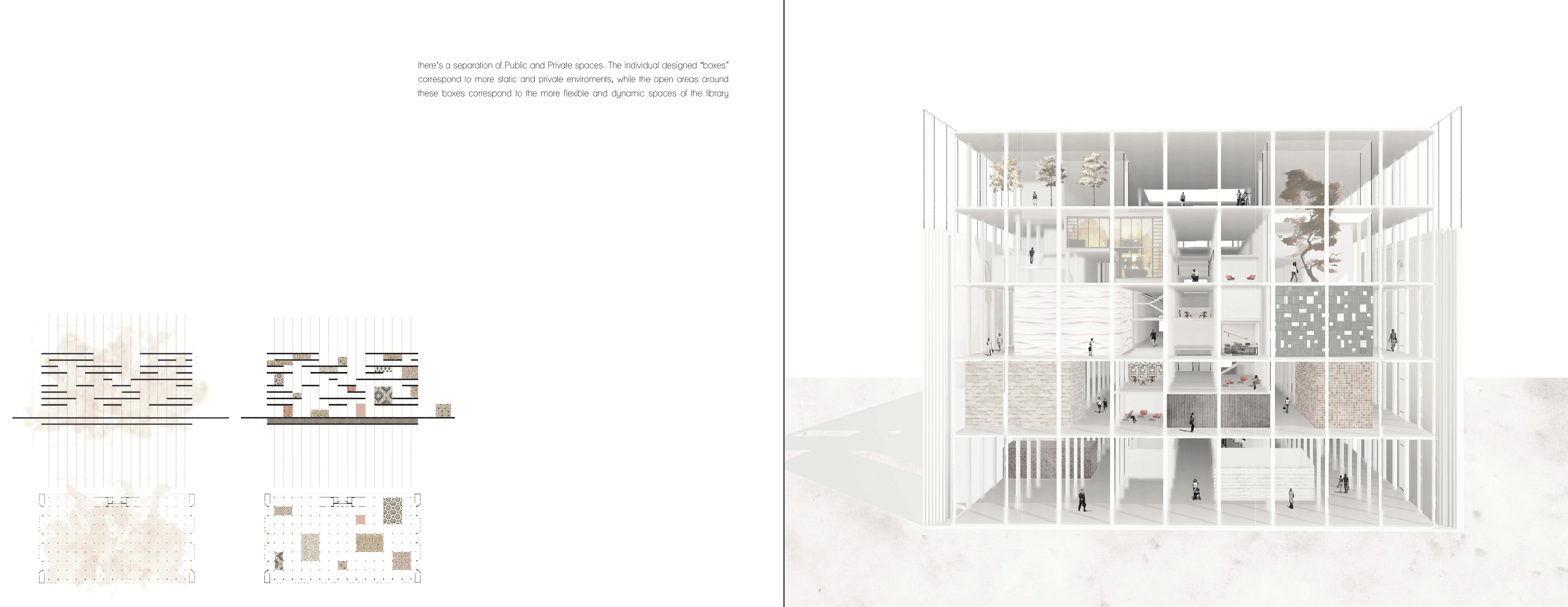Tok Tok

Maria decided to talk to Pilar.
Pilar Ribot Reus is an architect and entrepreneur who graduated from Universidad Politecnica de Cataluña in 2017.
Since then she has been working in different sectors. She did an internship in two architectural studios in 2015 and 2016. Moreover, in 2022, she also worked as an architecture intern for three months. Not only has she had many experiences regarding joining a studio firm and working as an assistant in the same degree as me. But she has also founded two businesses: Pilinois (2016-2018) and Pilar Ribot Arquitectura (2016-2019). Another work-related experience she had, was being a cofounder, real estate developer, and project manager in a company named Lope15.
I have chosen this person because of three main things. First of all, she has recently graduated from university. Therefore, her knowledge about what is important when joining a firm and what is looked for in a young architect is quite realistic and modern. Secondly, related to the previous statement, her work experience is varied. Within a short period, she has worked in different environments. Lastly, the third reason I believe makes Pilar an interesting person to interview is directly related to her portfolio skills. In 2017 she won the Archidaily price on the best portfolio. This is an important website in the architecture sector. I believe these reasons make Pilar a valuable source for me.
How did you decide your career path?
Since I was little I have been very fond of art. I always tried to explore craft and design as a source of inspiration and entertainment. Now that I look back, I think it is really important to position yourself to spend time and effort on what will comfort you by doing so. Moreover, I always tried to start projects and had a very entrepreneurial set of mind.
What is important for an architect to consider when establishing their career path?
I believe what will be important when establishing your career path would be to try many fields. It is possible that you get out of university already knowing what type of architecture you want to pursue or in which department you would like to work. Nonetheless, I believe experience is key. You should be open to many fields, even the ones that are not directly linked with architecture, but actually hold a strong connection with it. After years of experience in different sectors, I can make my decisions more confidently and know that if I fail to select one path, there are other doors open.
Looking back to when you graduated from school, what's one thing you know now that you wish you knew then?
Architecture is a hard degree and even though now is less commented on than in the past, I feel like the courses are long and consuming. From my first to the fifth year I tried to explode myself and push myself to the limit, and even though I agree that this is something important, we should also concentrate on ourselves. One thing I would tell myself would be to pause and really absorb everything. For example, if you fail on any decision during the design process, do not worry about it, as it is part of the work and will only teach you and open new knowledge.
What are some important things for a young architect to consider when making their portfolio?
Every portfolio process is different. I believe that the thing that influences the most would be experience. As a young architect, you may not know what you want to do or what your style is. As you get older and gain experience, you will begin to develop your likes and dislikes, and through trial and failure, you will find your own technique and approach to design. I think the first step you should be taking when developing your portfolio would first to be organized. Combine all of your work until now and classify it. After doing so, select the ones that best represent you. Thirdly, set a range of rules addressing the format (typography, margins, scales…). And finally, begin experimenting.
What do architecture studios usually look for in a portfolio?
In my opinion, studios look for a portfolio that represents the style of the person sending it. It is important that your portfolio shows and encloses your style in a way in which the firm will be able to understand your view and projection.
Following this question, what would you think is a good format for the projects you chose to represent in your portfolio?
To be more specific, I believe the most important thing is that you put the best projects, at the beginning and at the end. So the first is the best and the last the second best. And that the drawings that you put are those that can explain the project easily. You do not need to put construction details or many drawings. In my opinion, it is better to put a few that define the concept of the project, rather than to try to fill it up with unnecessary documents.
A drawing says more about you if you always use the same way of representing it. It is good to emphasize that you have a specific style. This will contribute to the consistency of the booklet and therefore create a stronger statement for the person looking at it.
I know it is difficult to change the drawings to adapt them to the same style, but the idea is to maintain a format with the nomenclatures, fonts, font sizes, and colors.
You also have to follow this consistency with the explanations of each project. There are portfolios that hardly require text, but if the style you choose is defined a bit by text, it has to follow the same format for each project.
I understand that professional architects tend to set and follow the same format for every project, but that this is hard for a student since redeveloping documents takes a long time. Do you have any recommendations on how you personally did this process?
I developed my portfolio after finishing university, so during the last years of my degree, as I knew those projects would be better and more complete, I began developing a consistent format that I have used since then. Nonetheless, what I did in my portfolio is that I put a filter on all the drawings, the renders, the models, the plans, and the diagrams so that when you turn the pages the colors don't change so much. This is another step that makes everything seem in the same tone, creating uniformity throughout the document.
What I recommend doing in the future, when you have several projects and select the ones you want to put, it would be necessary to redraw some things to make it more coherent. Likewise, follow the same style, and define a way of representing your project: always draw the site plan the same, use personalized templates and maintain typography. Many people redraw things to be able to add them to the portfolio, which is the thing that makes the portfolio a hard project in itself (how to change things, redraw plans…).
I am currently seeking to join an architecture studio as an intern. Nonetheless, as I am still in university, I feel like I do not have enough projects and this does not allow me to choose the work that best represents my style.
As I said before, what they want to see is a bit of your style. That the portfolio itself is coherent that the drawing style is somewhat the same, not all the same, but that it is noted that the same person has done it, that they see very clearly what your style is, that they do not say that it seems that each project was developed by a different person because then a little bit of who you are will be lost.
I would put the most impressive drawing, the one that calls the most attention.
There has to be cohesion. Same font, and same size. The purpose of a portfolio is to group your projects and documents that best define your style. But it is not about inserting them into a file and that's it. You should not take the drawing as it is and scale it. On the contrary, there must be a filter before it organizes the projects and edits them to have the same format.
This is why it is important to be organized with every one of your projects, for the present and also the future. Since every studio is different and your work will improve and increase, you will be needed to develop more portfolios. Being careful will only make the process easier and more consistent.
Lastly, as a more technical question. I was trying different formats of paper sizes and orientations, what do you recommend choosing?
This depends on the studio. It is a difficult question, as nowadays you are not sure if the person receiving the document will print it, look at it on their laptops, or even on their forms. I believe being considerate of this is key. And I would actually recommend creating multiple formats with the same information, as you may be asked for anything.
I am sure I formatted it directly in InDesign, instead of using two pages, making one twice as big and drawing a line in the middle (optional), to replicate the booklet format. So I had the format to send and the format to print.




